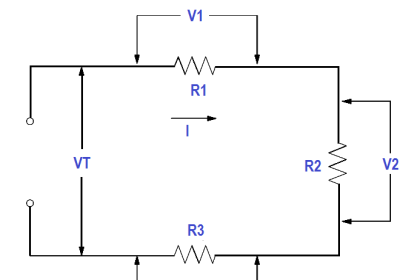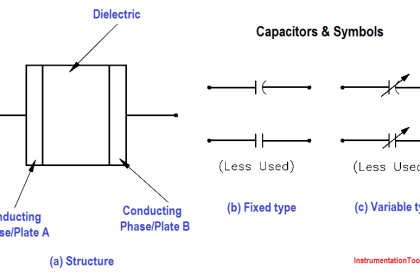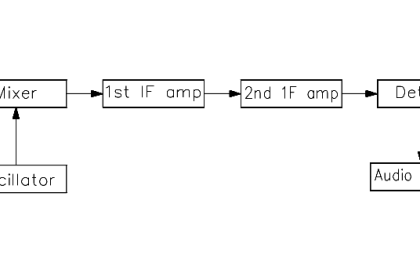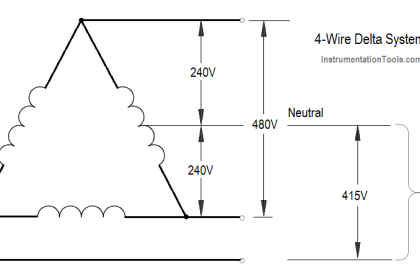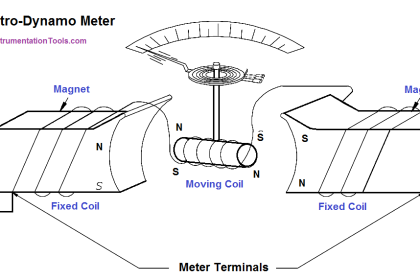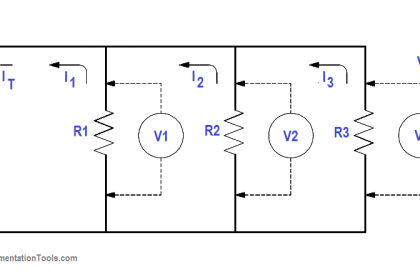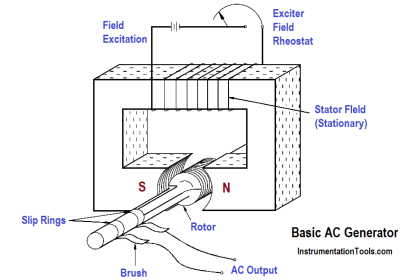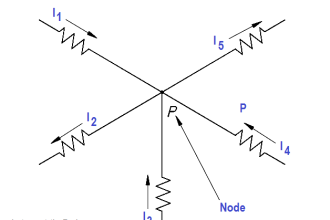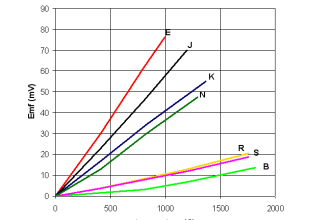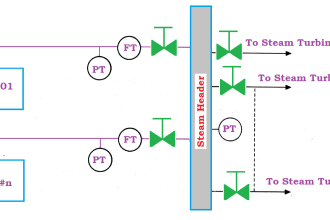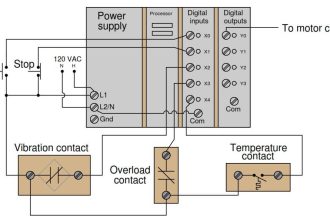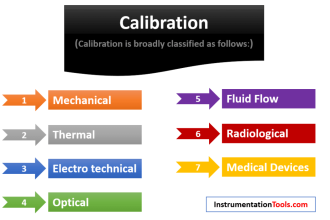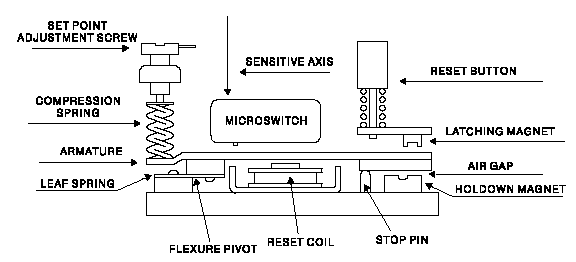Kirchhoff’s two laws reveal a unique relationship between current, voltage, and resistance in electrical circuits that is vital to performing and understanding electrical circuit analysis.
Kirchhoff’s Laws
In all of the circuits examined so far, Ohm’s Law described the relationship between current, voltage, and resistance. These circuits have been relatively simple in nature. Many circuits are extremely complex and cannot be solved with Ohm’s Law. These circuits have many power sources and branches which would make the use of Ohm’s Law impractical or impossible.
Through experimentation in 1857 the German physicist Gustav Kirchhoff developed methods to solve complex circuits. Kirchhoff developed two conclusions, known today as Kirchhoff’s Laws.
Law 1:
The sum of the voltage drops around a closed loop is equal to the sum of the voltage sources of that loop (Kirchhoff’s Voltage Law).
Law 2:
The current arriving at any junction point in a circuit is equal to the current leaving that junction (Kirchhoff’s Current Law).
Kirchhoff’s two laws may seem obvious based on what we already know about circuit theory. Even though they may seem very simple, they are powerful tools in solving complex and difficult circuits.
Kirchhoff’s laws can be related to conservation of energy and charge if we look at a circuit with one load and source. Since all of the power provided from the source is consumed by the load, energy and charge are conserved. Since voltage and current can be related to energy and charge, then Kirchhoff’s laws are only restating the laws governing energy and charge conservation.
The mathematics involved becomes more difficult as the circuits become more complex. Therefore, the discussion here will be limited to solving only relatively simple circuits.
Read about two laws :
